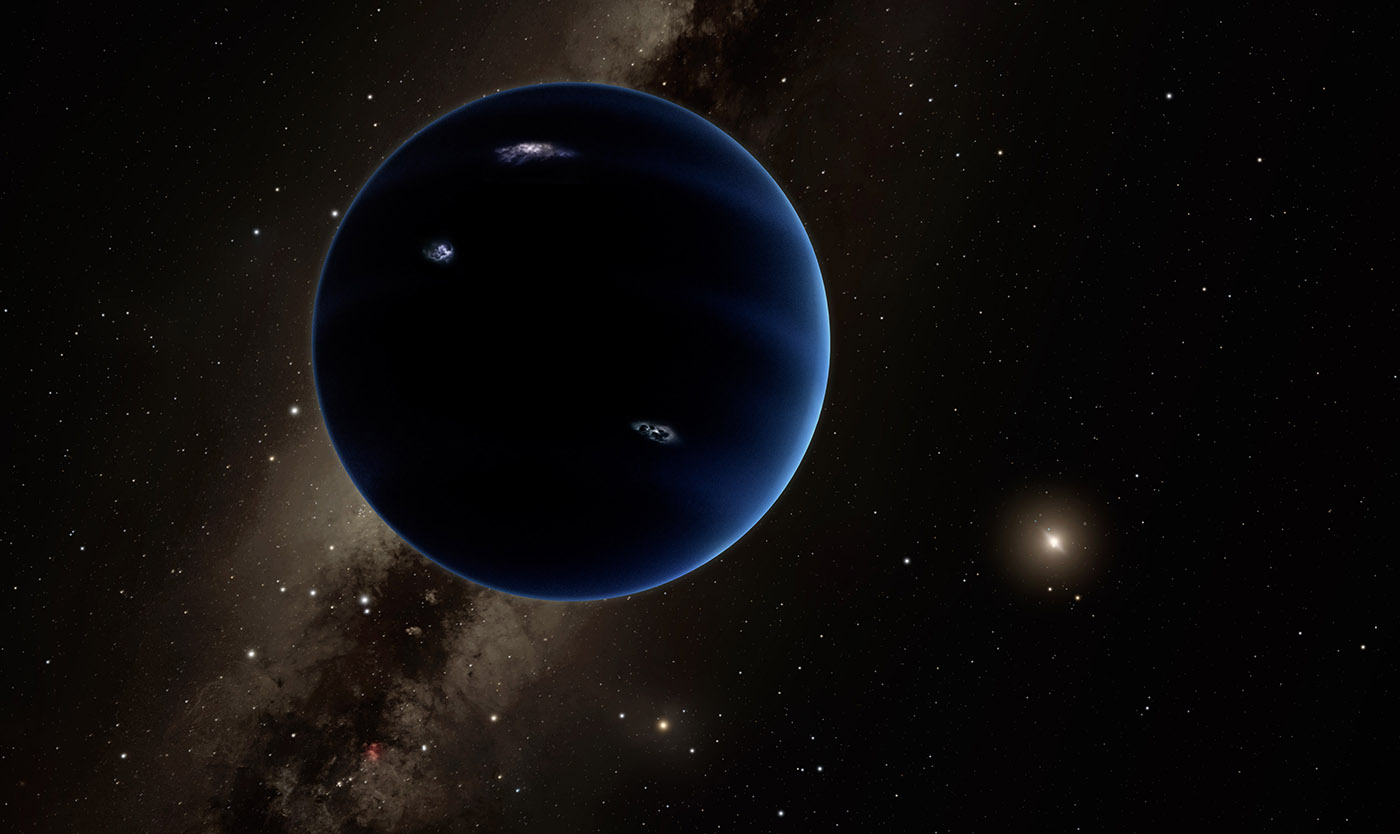
It could be that our own sun has stolen a planet during its early youth.
Swedish scientists at the Lund University have proposed this theory with the help of a computer model that simulate and makes it possible to investigate the mysterious planet 9, the controversial hidden ice planet that orbits our sun far out in our solar system.
“It is almost ironic that while astronomers often find exoplanets hundreds of light years away in other solar systems, there’s probably one hiding in our own backyard”, says Alexander Mustill, an astronomer at Lund University.
The fact that the possible planet resides in such wide and far-out orbit makes the researchers consider how it actually got there.
The Swedish researchers present a theory that aims to explain this. They think that the planet may have belonged to another solar system and thus an exoplanet. But that our sun sometime during its youth, when the stars were much closer, took the opportunity to steal this planet.
Or rather, the gravitational pull of the sun happened to be a little larger at some point in time, pulling planet 9 out of its orbit.
“Planet 9 may very well have been ‘shoved’ by other planets, and when it ended up in an orbit that was too wide around its own star, our sun may have taken the opportunity to steal and capture Planet 9 from its original star. When the sun later departed from the stellar cluster in which it was born, Planet 9 was stuck in an orbit around the sun”,
“There is still no image of Planet 9, not even a point of light. We don’t know if it is made up of rock, ice, or gas. All we know is that its mass is probably around ten times the mass of earth.”, says Mustill adds.
The study Is there an exoplanet in the Solar system? has been published in the Monthly Notices of the Royal Astronomical Society Letters, (MNRAS Letters).
_____________
Is there an exoplanet in the Solar system?
__________________________






















